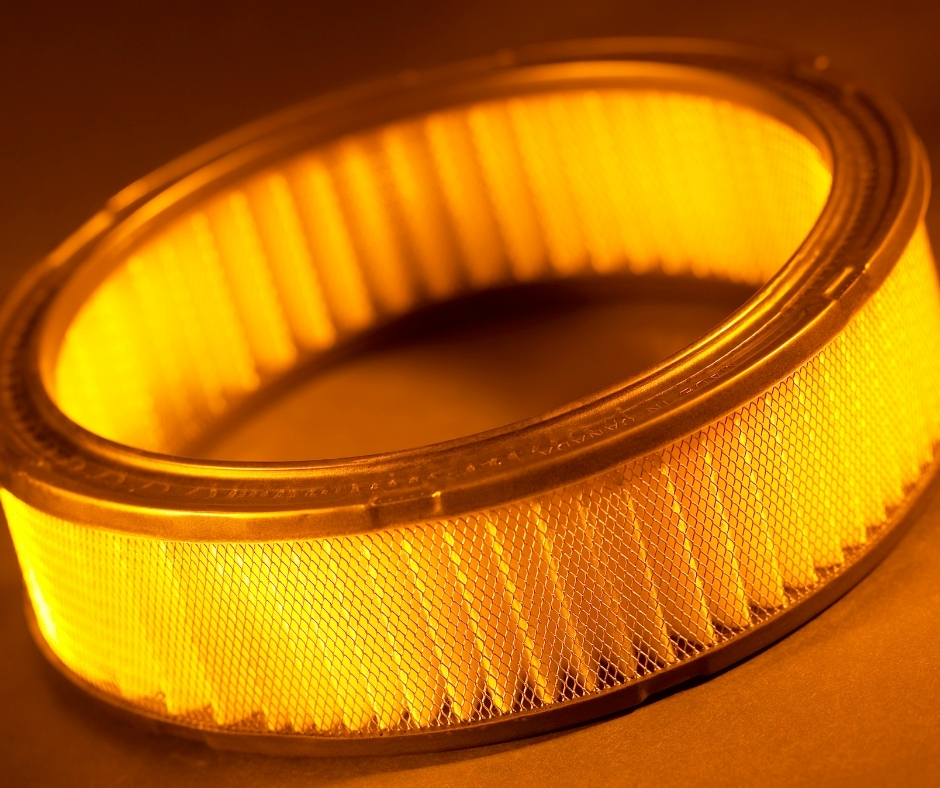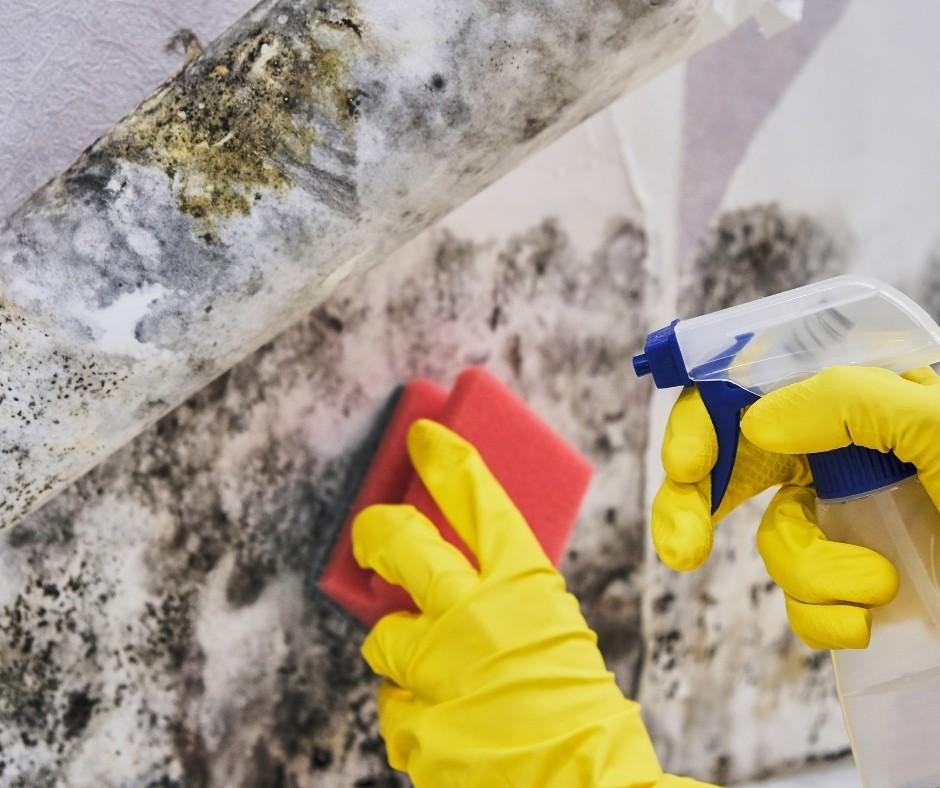Are you trying to sell your home, but just found out you have a mold problem? You’ll need to take care of it before anyone will even consider buying your house.
It’s an unexpected problem, but it’s something you need to take care of before listing your house. While looking for solutions, you may come across the idea of using ozone to kill mold. However, you may be skeptical about how it works.
That’s why we researched how ozone kills mold and put the information into this article. In addition, we also looked up a few side issues in case your problem isn’t as straightforward as you think. We hope you find it helpful.
In This Article We'll Discuss
How Does Ozone Kill Mold?

At high enough concentrations, ozone is an effective way to kill mold because it keeps airborne spores from starting new colonies.
Here’s a quick explanation of what ozone is. Ozone is a three-atom molecule of oxygen. Normal oxygen is two molecules and is relatively stable. The third atom in ozone makes the molecule unstable. As a result, it’s short-lived but also effective in killing microorganisms.
That third atom will latch on to any molecule around it, and will interrupt how it works at the cellular level. When this effect is combined cumulatively across an organism, it can cause lasting damage and kill it.
So, ozone has the ability to kill mold and mold spores. But there are also some serious limitations. For example, you need to produce enough ozone over time for it to work.
Also, you need to recognize that what’s bad for microorganisms is usually bad for larger living things. Ozone isn’t just dangerous for mold and viruses, it’s also dangerous for mammals to breathe in.
It’s important to seal the room tightly when treating it to keep any ozone from escaping. And, you should also make sure that your pets are nowhere near the room. Also, you’ll need to leave the ozone generator on for several hours for it to be the most effective.
It’s also important to note that mold isn’t like an infestation of ants or wasps building a nest in your home. Instead, something caused the mold to grow in a particular location and molds thrive under specific circumstances.
Ozone is a good way to kill mold, but it won’t get rid of an infestation unless you correct the underlying problem. Usually, it has something to do with excess moisture. For example, there may be a cracked pipe running behind a wall, or your old roof may be letting water in.
To get rid of a mold infestation, you need to fix those problems and replace that has mold growing on it. Then, use ozone to get rid of the mold.
How Long Does it Take for Ozone to Kill Mold?
Ozone can start to kill mold pretty quickly if it’s at the right concentrations. When ozone reaches .4 ppm, it will kill mold in approximately four minutes.
However, since you need to raise the concentration in every affected space to .4 ppm, and ozone doesn’t last very long, you might need to run an ozone generator for a couple of hours.
For a small room, you might run a small ozone generator for three-to-six hours. For bigger rooms, you’ll want to run it longer even if you’re using a bigger generator. The manual should have more specific instructions.
Do Ozone Generators Kill Black Mold?
Ozone kills viruses, bacteria, parasites, and can even kill larger animals and damage plants. So, yes, ozone generators can kill black mold.
One limitation to keep in mind, however, is that ozone can’t penetrate walls or other barriers. So, if your mold infestation runs below the surface, the infestation will persist even after you use ozone.
That’s why you should think of ozone as part of a bigger remediation plan. That plan should include removing anything that the mold was growing on and correcting any underlying issues.
What Level of Ozone Kills Mold?
It doesn’t take a lot of ozone to kill mold, just .4 parts per million. At that concentration, ozone will kill just about any microscopic organism, from fungi to viruses.
Here’s an idea of what that looks like in physical form: if you had a tank with a million gallons of water, 8.435 pounds of that water would be ozone.
The problem is that there’s no way to measure the concentration of ozone in the air. And, you need to get the ozone to the right concentration in each space you’re trying to treat.
So, you’ll need to find the right-sized machine for the space you need to clean. For most rooms, you can use an ozone generator that produces between 2,000-6,000 milligrams per hour.
Keep in mind that ozone degrades quickly on its own. Therefore, we recommend using a machine towards the top end of that range.
Also, cleaning ducts poses a special challenge because the ducts can stretch all over the house. You’ll want to use a much more powerful ozone generator, and you may want to consider doing the ducts in sections.
We recommend using one that produces between 6,000-28,000 mg per hour. Again, we advise using a more powerful machine to ensure you reach that .4 ppm concentration.
Conclusion

If you have a mold problem, ozone is a good way to kill it. However, there are some things you’ll need to work out before you get started. For example, you’ll need to fix the underlying causes of your mold infestation. And, you’ll need to find a machine that can provide high enough concentrations of ozone to treat the mold.
You’ll also need to know how to use it safely, how long to keep it on for, and how long to let the room air out after using ozone. Remember, it kills mold, but it’s also potentially dangerous for other living things to breathe in.
We hope you found this guide helpful. If so, please leave a comment down below. You can also share your experiences using ozone in your own home. Feel free to share this article on your social media networks as well.

